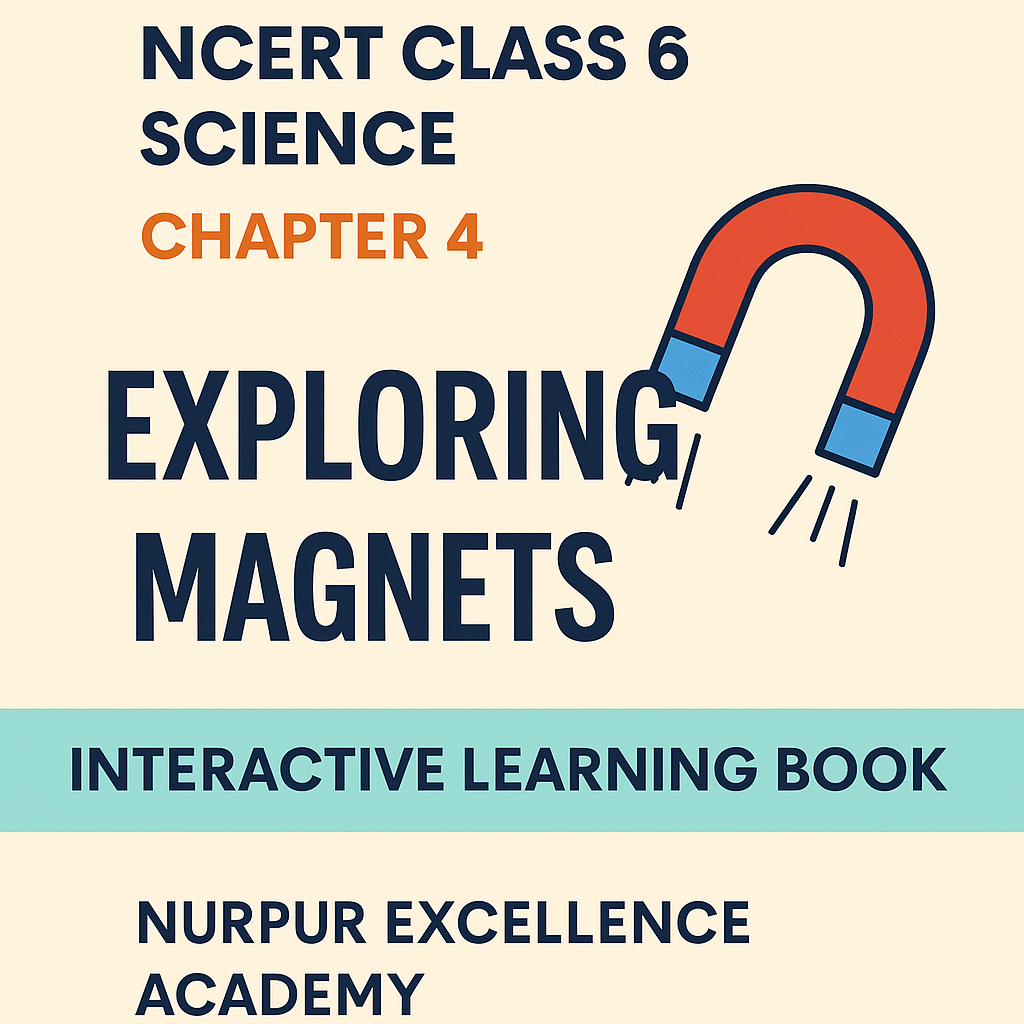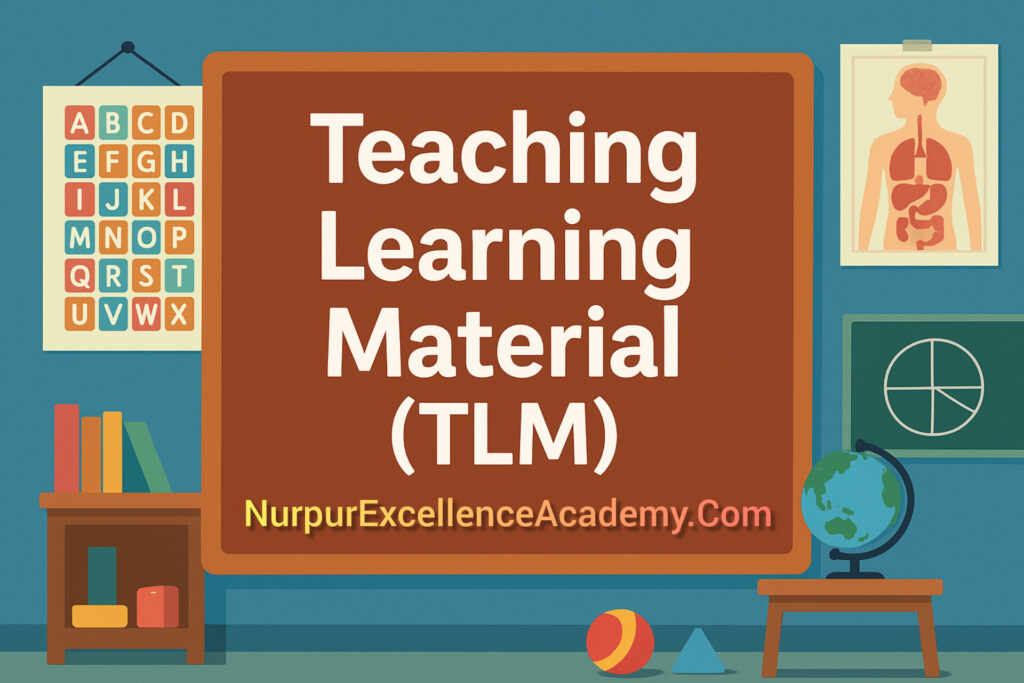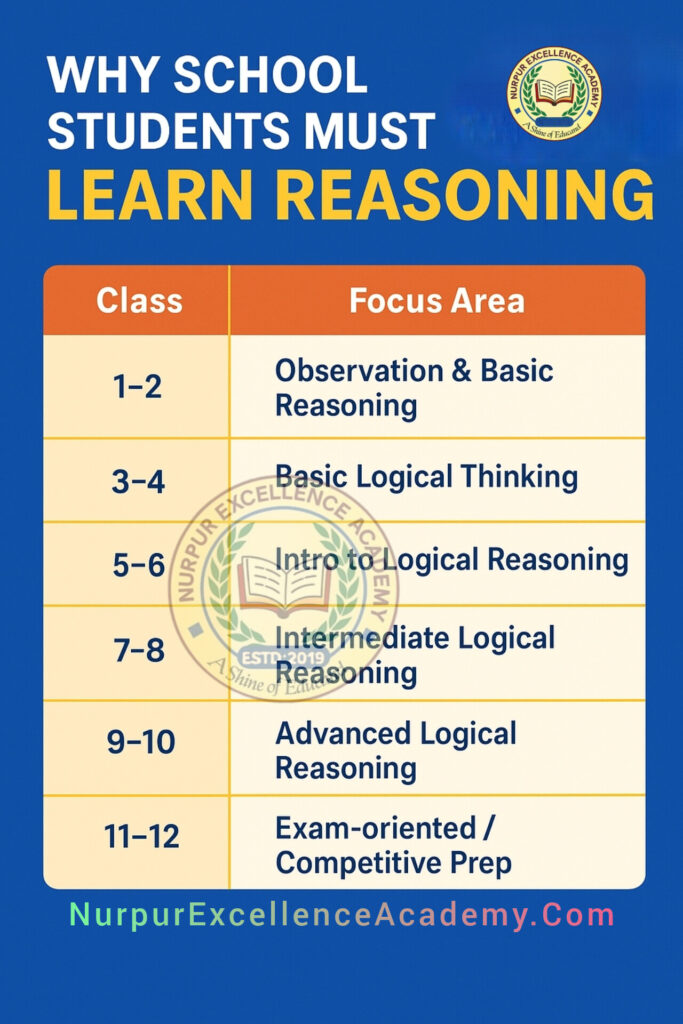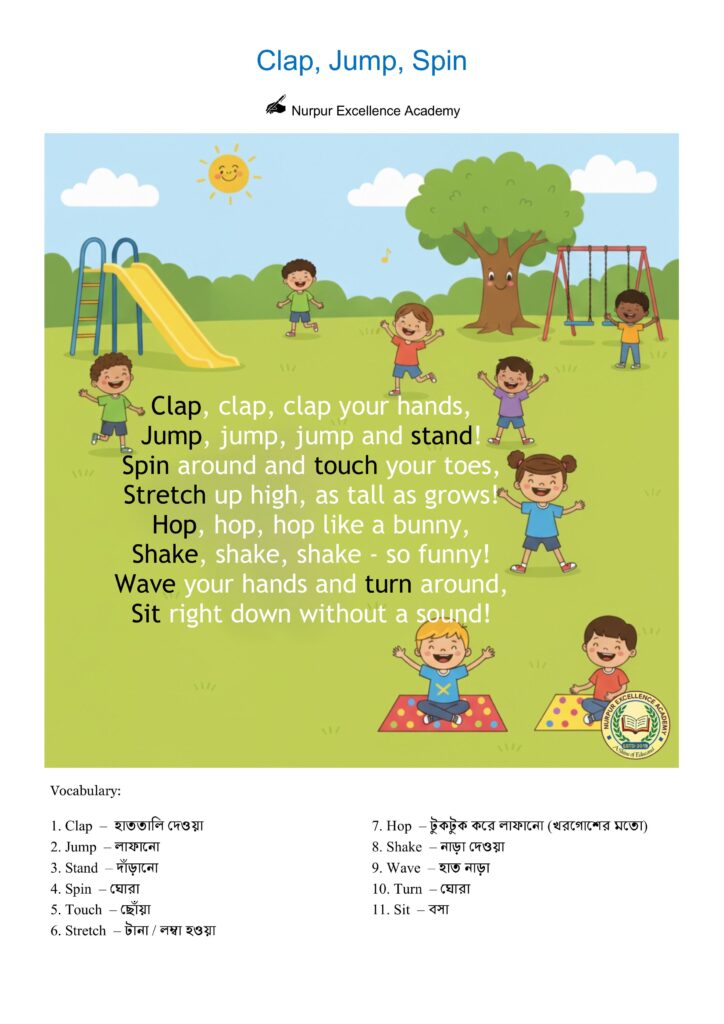Welcome to Interactive Learning Book by Nurpur Excellence Academy on NCERT Class 6 Science Chapter 4 – Exploring Magnets. This digital book is specially designed to make learning about magnets, their properties, uses, and activities easy and engaging for students.
Exploring Magnets
NCERT Class 6 Science (Curiosity) Chapter 4
Interactive Learning Book by Nurpur Excellence Academy
What is a Magnet?
A magnet is a special material that can attract objects made of iron, nickel, cobalt, and their alloys.
Fun Fact!
. Earth itself is a giant magnet! It has north and south magnetic poles, which is why a compass needle always points toward magnetic north.
. Natural magnets were first discovered in ancient Greece in a region called Magnesia, which is where the word “magnet” comes from.
Interactive Magnet Demo
Click on the magnets below to learn about their poles:
Properties of Magnets
1. Attractive Property
Magnets attract objects made of iron, nickel, cobalt, and their alloys. These materials are called magnetic materials.
2. Directive Property
A freely suspended magnet always aligns itself in the north-south direction. This property is used in compasses.
3. Poles of a Magnet
Every magnet has two poles – North pole (N) and South pole (S). The magnetic force is strongest at the poles.
4. Law of Magnetic Poles
• Like poles repel each other (N + N = Repulsion, S + S = Repulsion)
• Unlike poles attract each other (N + S = Attraction)
5. Magnetic Field
• The space around a magnet in which it exerts force is called the magnetic field.
• Magnetic field lines can be shown using iron filings
Magnetic Field Lines
Types of Magnets
🏔️ Natural Magnets
Found naturally in nature. Example: Magnetite (Fe₃O₄), also known as lodestone.
- Irregular shape
- Weak magnetic strength
- Used in ancient times for navigation
🔧 Artificial Magnets
Man-made magnets that can be created in different shapes and sizes:
Bar Magnet
Horseshoe Magnet
Ring Magnet
Special Magnets
Electromagnet: A magnet created using electric current. When electricity is turned off, it loses its magnetism. Used in electric bells, motors, and MRI machines.
Fun Experiments
Materials: A bar magnet, iron nails, paper clips, plastic items, wooden items
Method: Bring the magnet close to different objects one by one.
Observation: Iron nails and paper clips will be attracted, but plastic and wood will not.
Materials: A needle, cork, bowl of water, magnet
Method: Rub the needle with the magnet 20-30 times. Place it on cork and float in water.
Observation: The needle will align itself in the north-south direction.
Materials: Two bar magnets
Method: Bring like poles together, then bring unlike poles together.
Observation: Like poles push away (repel), unlike poles pull together (attract).
Uses of Magnets
🧭 Compass
Used for navigation by sailors, hikers, and travelers to find direction.
🔊 Speakers & Headphones
Magnets help convert electrical signals into sound waves.
⚡ Electric Generators
Used in power plants to generate electricity for our homes and cities.
🏥 Medical Equipment
MRI machines use powerful magnets to take detailed pictures inside our body.
🚅 Maglev Trains
Super-fast trains that float above tracks using magnetic repulsion.
🏠 Daily Life
Refrigerator doors, toys, bag clasps, and many household items.
Future Technology
Scientists are working on magnetic levitation cars, pollution-free transport, and even new ways to travel to space using magnetic fields!
Test Your Knowledge
Through interactive explanations, diagrams, and activities, students will explore:
- Properties of magnets
- Poles of a magnet
- Magnetic and non-magnetic materials
- Uses of magnets in daily life
- Interesting activities and experiments

This book is an excellent resource for Class 6 students, teachers, and parents who want to understand the chapter in a simple and practical way.



Leave a Reply